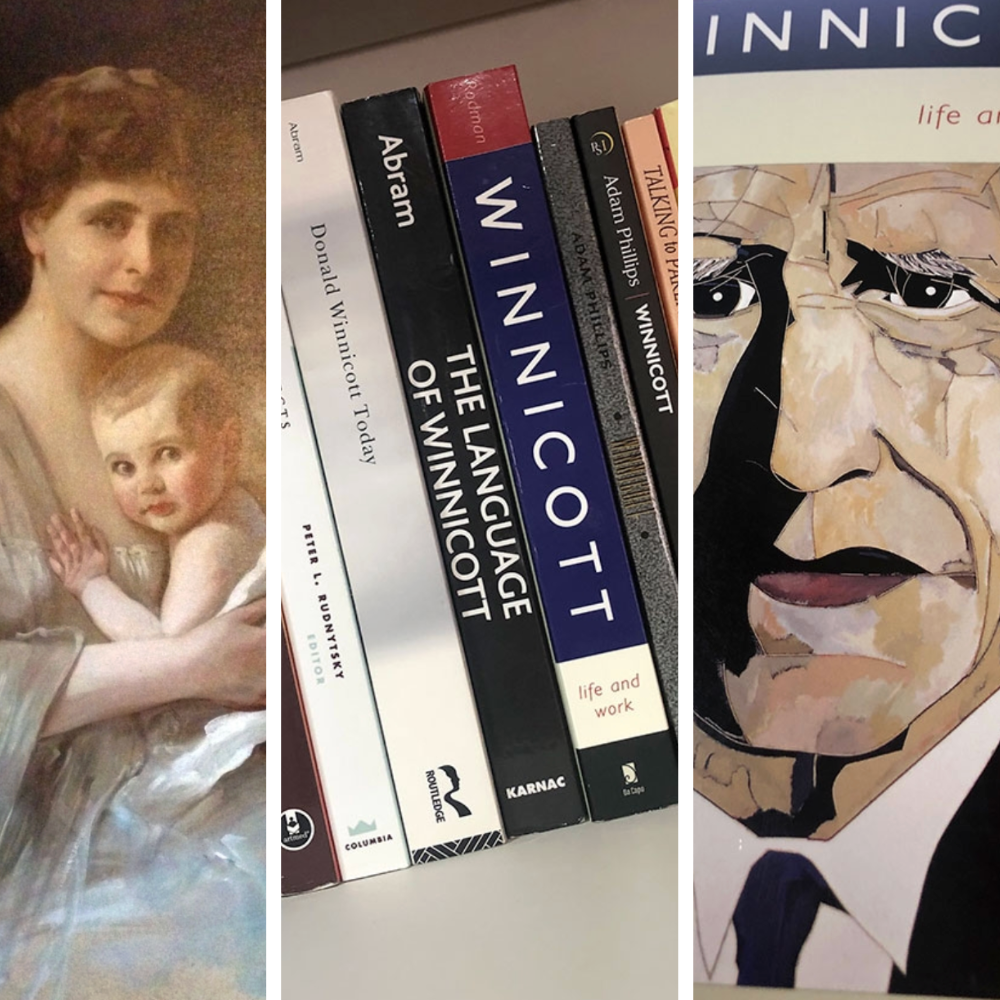D.W. Winnicott's "The Child, the Family and the Outside World": Timeless Wisdom for Modern Families
Published in 1964, Donald Winnicott's "The Child, the Family and the Outside World" emerged during a pivotal period in our understanding of child development and family dynamics. Dr Winnicott (1896-1971), a British paediatrician and psychoanalyst, was uniquely positioned to bridge the gap between medical science and psychological insight, being the first paediatrician in Britain to train as a psychoanalyst.
The book's origins can be traced back to over fifty BBC radio broadcasts that Winnicott delivered between 1943 and 1962, specifically aimed at mothers during and after World War II. This was a time when families were under enormous stress, fathers were often absent due to war service, and traditional support systems were disrupted. Winnicott's accessible, non-judgmental approach provided much-needed guidance during this turbulent period.
Working for over forty years at Paddington Green Children's Hospital, Winnicott developed his theories through direct clinical observation rather than abstract theorising. His work emerged alongside that of other revolutionary thinkers, such as John Bowlby (attachment theory). It represented a departure from the more rigid psychoanalytic approaches of his time, including those of his mentor, Melanie Klein.
Five Essential Concepts and Their Enduring Impact
1. The "Good Enough Mother" Concept
Winnicott's Insight: Rather than striving for perfection, mothers need only be "good enough" to facilitate healthy child development. He argued that perfection in parenting could actually be harmful, as children need to experience manageable frustrations to develop resilience.
Modern Relevance: This concept has liberated generations of parents from the anxiety of perfectionism. In today's social media-driven world, where "perfect parenting" is constantly displayed, Winnicott's wisdom reminds us that children thrive with consistent, loving care rather than flawless execution. This principle helps modern families prioritise emotional attunement over performance.
2. "There Is No Such Thing as a Baby"
Winnicott's Insight: This famous statement emphasised that babies cannot exist in isolation—they exist only in relationship. The infant-mother unit forms a single, inseparable entity in the early stages of development.
Modern Relevance: This insight validates the intense early bonding period and supports current understanding of attachment theory. In family court proceedings, this concept underscores the critical importance of maintaining primary caregiver relationships and the potential trauma of early separations. It also supports modern approaches to parental leave policies and the recognition that early relationships form the foundation for all future emotional development.
3. The "Holding Environment"
Winnicott's Insight: Beyond physical care, infants require a psychological "holding environment"—a safe and predictable space where they can develop their sense of self. This includes the mother's ability to contain and respond to the infant's emotional states.
Modern Relevance: This concept has profoundly influenced family therapy, early childhood education, and trauma-informed care. In modern families dealing with stress, divorce, or other disruptions, creating a "holding environment" becomes essential for children's emotional security. Family courts now recognise the importance of emotional stability, alongside physical care, in custody decisions.
4. The Importance of "Ordinary Devoted" Parenting
Winnicott's Insight: He emphasised that exceptional intelligence or special training wasn't necessary for good parenting. Instead, natural devotion and emotional availability were the crucial elements. As he wrote, "If a child can play with a doll, you can be an ordinary devoted mother."
Modern Relevance: This democratises parenting wisdom, reducing anxiety for parents who feel inadequate. In our achievement-oriented society, this reminder that love and presence matter more than credentials or techniques is particularly valuable. It also supports diverse family structures and validates non-traditional caregivers.
5. The Natural Wisdom of Mothers
Winnicott's Insight: He believed that mothers possess an innate understanding of their babies' needs and argued against rigid schedules or expert-imposed routines that override maternal instincts. He wrote about protecting "the young mother from whatever tends to get between herself and her child."
Modern Relevance: This concept supports modern movements toward responsive parenting and trusting parental intuition. In family disputes, it emphasises the importance of supporting the primary caregiver's relationship with the child rather than imposing external standards. It also validates cultural differences in child-rearing practices.
Applications for Modern Families
Building Secure Attachments
Winnicott's emphasis on emotional attunement over perfect technique helps parents focus on responsive caregiving, rather than relying solely on technique. This supports secure attachment formation, which research indicates is crucial for children's emotional regulation, relationships, and overall mental health throughout their lives.
Managing Parental Anxiety
The "good enough" principle helps modern parents navigate the overwhelming amount of parenting advice available today. Instead of trying to implement every expert recommendation, parents can trust their instincts while providing consistent, loving care.
Supporting Family Resilience
During times of stress—whether due to divorce, job loss, or other family disruptions—Winnicott's concept of the "holding environment" guides families in maintaining emotional safety for children, even when circumstances are challenging.
Informing Family Court Decisions
Winnicott's insights about the critical importance of early relationships and the mother-infant unit provide a valuable framework for custody decisions, emphasising continuity of care and emotional bonds over purely logistical considerations.
Validating Diverse Family Structures
While Winnicott's original work primarily focused on mothers, his core principles about devoted and consistent caregiving apply to all family configurations—single parents, same-sex couples, adoptive families, and extended family systems.
Conclusion
Nearly sixty years after its publication, "The Child, the Family and the Outside World" remains remarkably relevant. Winnicott's fundamental insight—that children need consistent, emotionally available caregivers more than perfect technique—continues to guide families toward healthier relationships. His work reminds us that the ordinary moments of family life, when infused with love and attention, create the foundation for children's lifelong emotional well-being.
For families navigating modern challenges, Winnicott's wisdom offers both reassurance and practical guidance: trust your instincts, prioritise emotional connection over perfection, and remember that being "good enough" is not only sufficient—it's ideal.

